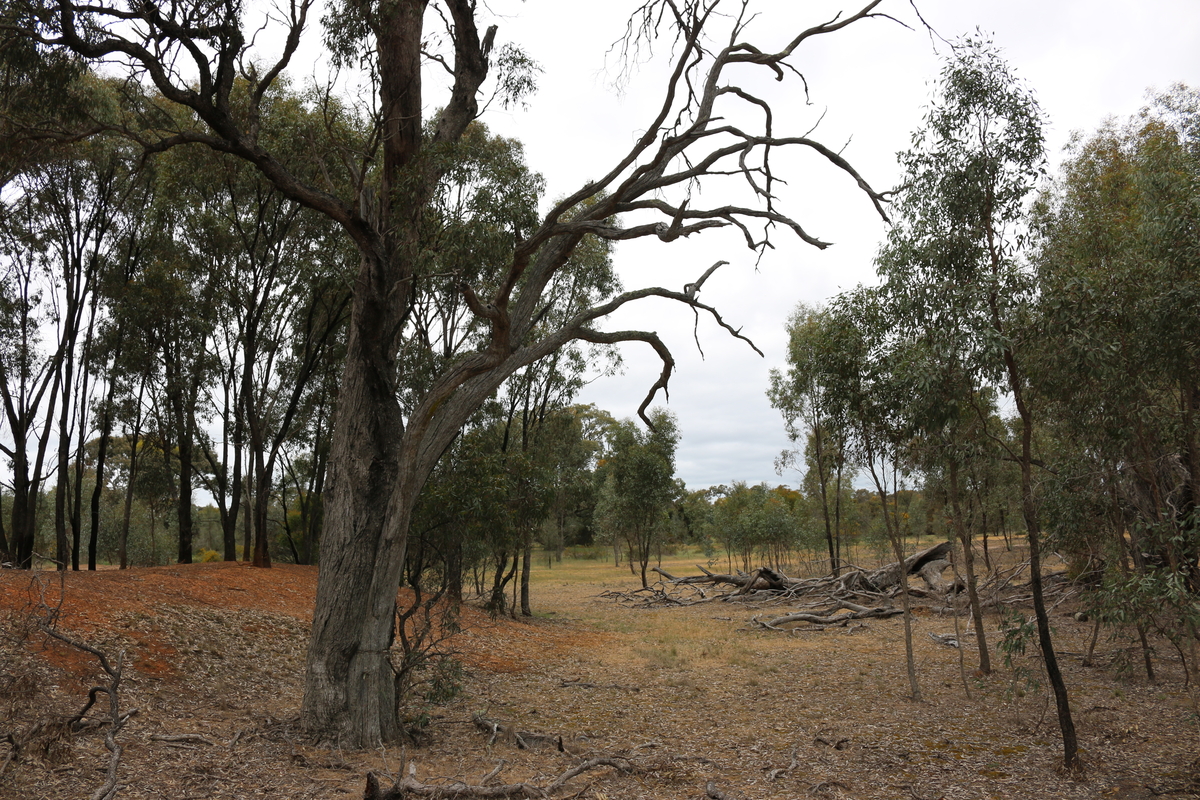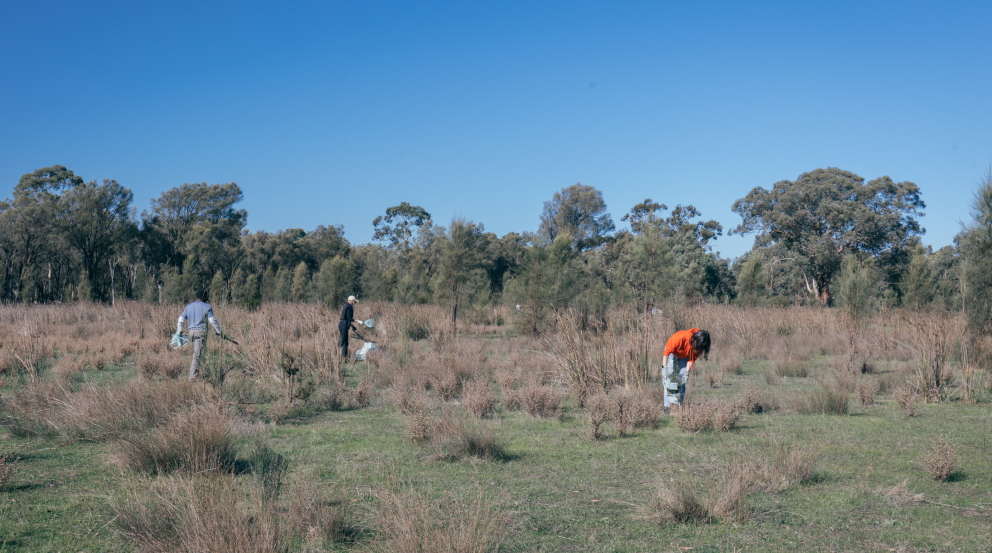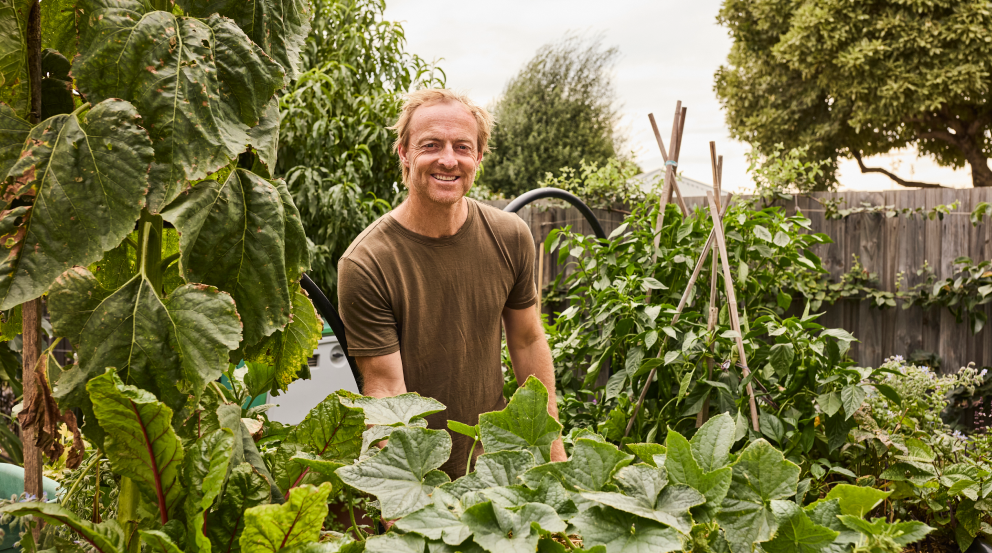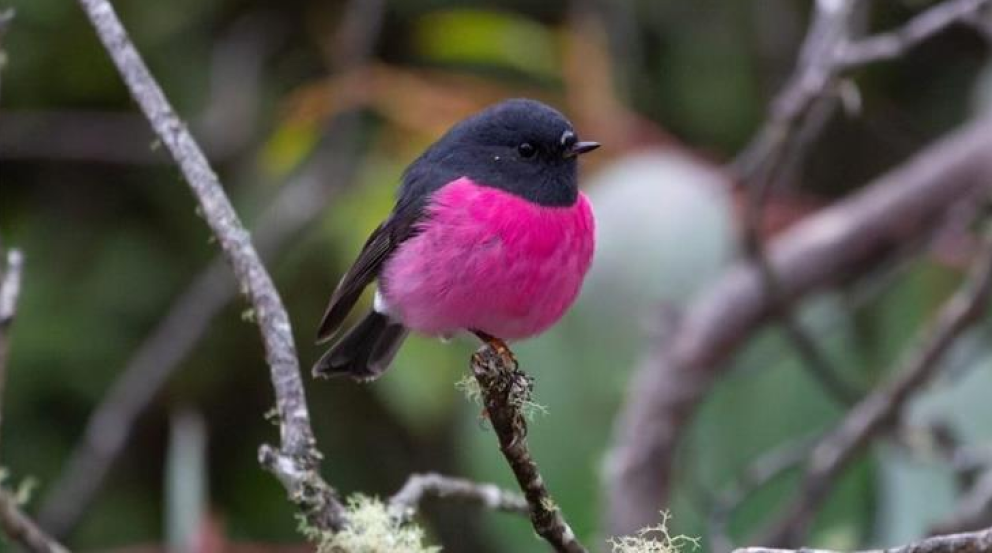This week, David Attenborough’s ‘A Life On Our Planet’ hit Netflix. The film is his “witness statement” on our climate crisis, and his vision for where we might go from here. Here are a few things we learned from it.
If humanity were ever to face a (presumably quite large) court of law over the climate crisis, you can only imagine that Mother Nature might call upon Sir David Attenborough as one of her key eyewitnesses.
And while the majority of his work over his 66-year-long-career has focused on the majesty of our natural world, he calls his latest film, ‘A Life On Our Planet’, his “witness statement”.
Here are a few things we learned from it:
1. Grieving is OK
Let’s get this out of the way first: it might happen in the first scene, as soon as Attenborough starts talking. It may happen a little later on. But it will happen. Whether you cry, get angry, or feel confused or hopeless, what’s important is to know that it’s OK to feel these things without any sense of shame or guilt.
The climate crisis is an incredibly difficult issue for us to deal with on an individual level, and there’s a tangible grief attached to all of this. Grieving for what we’ve lost and have yet to lose, yes. But also grieving for the way we’ve lived our lives up until the last decade or so; grieving for all those missed opportunities to put it right.
It’s what we do next, and how we continue the good work we have been doing over the last few years, that counts.
2. Fixing our climate crisis is a case of “completing a journey”
Attenborough notes that for tens of thousands of years, humans lived in harmony with nature. The trouble is that we were too smart for our own good. “Our intelligence changed the way in which we evolved,” he says. “In the past, animals had to develop physical ability to change their lives. For us, an idea could do that.”
So how do we get back on track? We need to return to living in harmony with nature. We need to use our technology, resources, influence and capital for good. “We lived a sustainable life, because that was the only option,” Attenborough says of our ancestors. “All these years later, it’s once again the only option. We need to rediscover how to be sustainable, to move from being apart from nature to being a part of nature once again.”
3. Many of the solutions already exist
Taking cues from ‘2040’ – an Australian film by Damon Gameau released last year – ‘A Life On Our Planet’ makes an effort to offer up some solutions. Attenborough cites Morocco, which currently generates 40% of its energy needs from renewable power, as a shining, solar-powered example.
He mentions the Netherlands, which has increased farming yields tenfold in just two generations while using less water, fewer pesticides and less fertiliser, all while emitting less carbon. Despite being just 0.54% the size of Australia, the Netherlands is now the world’s second-largest exporter of food. Let that sink in for a minute.
With regards to our oceans, he mentions the United Nation’s initiative to create the world’s largest no-fish zone, and says that no-fish zones over just one third of our coastal seas would provide us with “all the fish we would ever need.”
In Costa Rica, where deforestation had wiped out some 80% of forest since the end of World War II, the government began offering grants to land owners that encouraged them to replant trees. Just 25 years after that initiative came into effect, forest now covers half of the country again. “With all these things, there is one overriding principle: nature is our biggest ally and our greatest inspiration,” says Attenborough.
4. We need to act now
You knew that already, but there’s no harm in a reminder.
5. This isn’t only about saving the planet
Attenborough begins the film in Chernobyl. He says what happened there was the result of “bad planning and human error – mistakes”, then makes the distinction that Chernobyl was a single event, and that “the true tragedy of our time is still unfolding across the globe, barely noticeable from day-to-day.”
From there, we’re given a statistic-heavy and incredibly straightforward historical world tour of where we’ve gone wrong, and what means for Mother Nature and ultimately… us. Attenborough is noticeably more candid than usual, and it often feels as though he’s speaking entirely from the heart, unscripted. Perhaps he is.
At the end of the film, we find him in Chernobyl again. And while not a human soul has lived in the city since the accident in 1986, something else has happened: nature has returned. Trees now tower over apartment blocks, bushes and shrubs have reclaimed public space, and animals have come back in abundance.
By making it harder for us to inhabit this planet, nature is effectively attempting to evict us from it – and it’s high time we became better houseguests. “This isn't just about saving our planet,” says Attenborough. “It’s about saving ourselves.”
‘A Life On Our Planet’ is streaming worldwide on Netflix now.
.webp)







